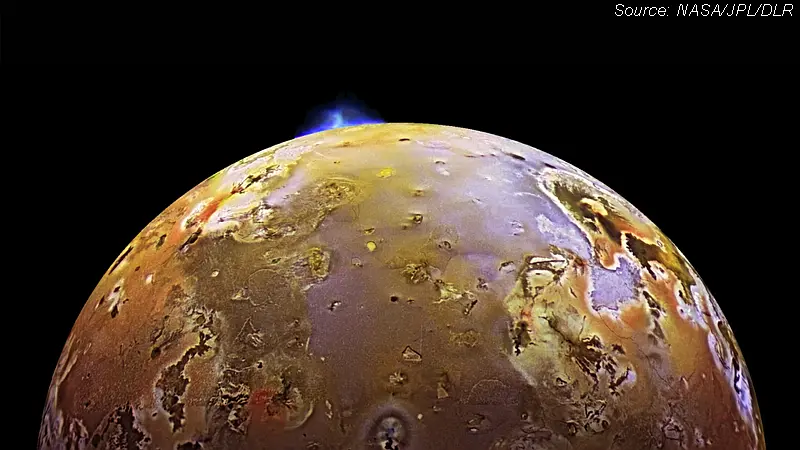I spotted this article in The Conversation – volcanoes in space – just the type of story I like for Because It’s Friday, to ease us all into the weekend.
Four volcanic hotspots in the Solar System (theconversation.com)
The image above is of a volcano on Io, the most volcanically active world in the solar system, photographed, from orbit, by the Galileo spacecraft in 1997. Galileo was the first space probe to orbit one of the outer planets – those planets beyond the asteroid belt, the early Pioneer and Voyager missions had only flown by.
In Depth | Io – NASA Solar System Exploration
In Depth | Galileo – NASA Solar System Exploration
An excellent Because It’s Friday post.
Then this story came along…
Would building a Dyson sphere be worth it? We ran the numbers. | Ars Technica
Last week we looked at flattening all the planets into a disk around the sun:
This is another way of using planets, asteroids and well everything – once broken down – to build an encompassing sphere around the sun and capture all of the solar energy generated. It also gives a lot of living space. But you do need a lot of energy and a lot of material!
A “star-encompassing megastructure”
Paul Sutter has done the maths for creating a Dyson Sphere, or as much of it as possible with the materials available.
Basically it is not worth building!
If you want an appreciation of the size and space available inside a Dyson Sphere, have a read of Larry Niven’s book Ringworld. He invented a ring world encircling a star, rather than a sphere, as a solar system could offer enough materials to complete this smaller project. On this Ringworld our heroes discover a one-to-one map of the Earth, which is a minor feature on the inner surface of the ring.
There you go, a 2-for-1 post this week.
Have a good weekend.
Clive Catton MSc (Cyber Security) – by-line and other articles
Further Reading



